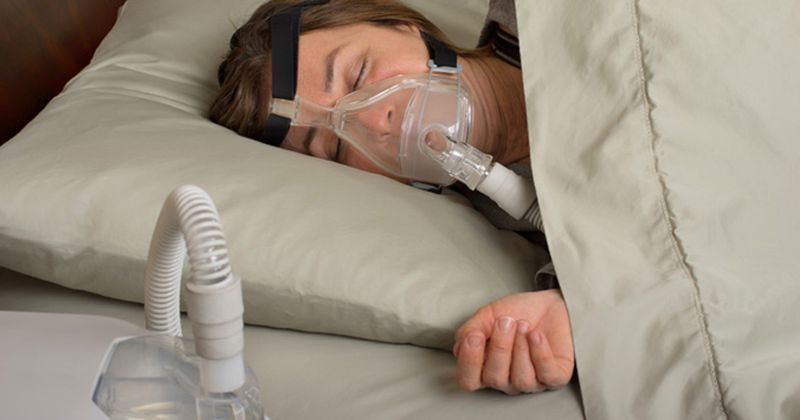High body water mass associated with risk for sleep apnea
Individuals with high body water mass appeared to have an increased risk for sleep apnea, possibly mediated by pathologic edema, according to a study published in Annals of the American Thoracic Society.
“In this study, we have identified a significant causal association between [body water mass] and the risk of sleep apnea,” Tingyang Zhou, of the department of otolaryngology-head and neck surgery at the First Affiliated Hospital of Guangzhou Medical University, and colleagues wrote. “Furthermore, to investigate the mediating mechanisms between [body water mass] and sleep apnea, we observed that genetic predisposition to a higher [body water mass] was related to increased risk of edematous diseases such as [chronic kidney disease], heart failure, hypertension, and hypothyroidism.”

In a mendelian randomization (MR) study, Zhou and colleagues analyzed data from a genome-wide association study performed by Neale Lab of 331,315 unrelated individuals of European ancestry, which identified 418 single-nucleotide polymorphisms (SNPs) linked to body water mass.
Further, researchers evaluated genetic variants associated with sleep apnea using data from the FinnGen Study of 217,955 individuals of European ancestry. Of that cohort, 16,794 individuals (63% men; mean age at first event, 55.29 years) had sleep apnea.
After harmonizing data from these two cohorts, researchers focused on 378 SNPs to estimate the association between body water mass and sleep apnea.
Researchers used several MR methods of analysis to find and confirm a casual association between body water mass and sleep apnea, the first being inverse variance-weighted and weight median methods.
Researchers found that the risk for sleep apnea increased 49% per standard deviation increase in body water mass (OR = 1.49; 95% CI, 1.308-1.696) in the random-effects inverse variance-weighted analysis. The weighted median method also showed similar results with an odds ratio of 1.356 (95% CI, 1.145-1.606).
In order to assess directional pleiotropy, researchers used both MR-Egger regression and MR-Pleiotropy Residual Sum and Outlier tests. This test found seven SNP outliers, so 371 SNPs were used in further analysis. The previous relationship found between body water mass and risk for sleep apnea was also seen in results of the new inverse variance-weighted analysis (OR = 1.414; 95% CI, 1.253-1.595).
Researchers used multivariable analysis to account for covariate exposures, including BMI, snoring and waist-to-hip ratio. After adjusting for these variables, researchers again found that each standard deviation increase in body water mass index was associated with a significant 20.4% higher risk for sleep apnea (OR = 1.204; 95% CI, 1.031-1.377) when evaluating 255 body water mass-related SNPs.
Following these results, researchers performed an additional two-sample MR analysis to see if body water mass was linked to common edematous diseases, which researchers wrote could play a part in the development of sleep apnea.
Through a second inverse variance-weighted analysis, researchers found that high body water mass was causally associated with an increased risk for several edematous diseases, including chronic kidney disease (OR = 1.432; 95% CI, 1.231-1.667), heart failure (OR = 1.555; 95% CI, 1.371-1.763), hypertension (OR = 1.118; 95% CI, 1.002-1.249) and hypothyroidism (OR = 1.317; 95% CI, 1.126-1.54).
“Our results indicate that [body water mass] is a risk factor for sleep apnea, which is consistent with clinical observations,” Zhou and colleagues wrote. “Accordingly, current treatment modalities for sleep apnea should take [body water mass] into account, especially when treating individuals with edematous conditions or obesity, who may have a higher [body water mass]. Further studies are still needed to investigate the effectiveness of body water management on the treatment outcomes of sleep apnea by testing different diuretics. In patients with edema, efforts should be made to reduce the incidence of sleep apnea during hospitalization.”
